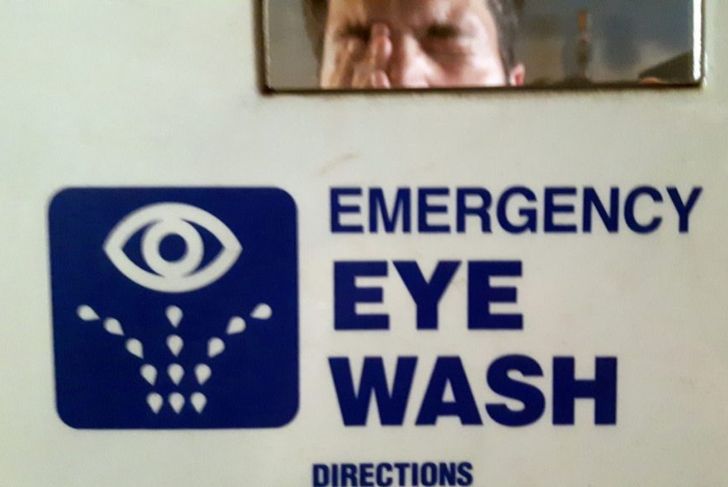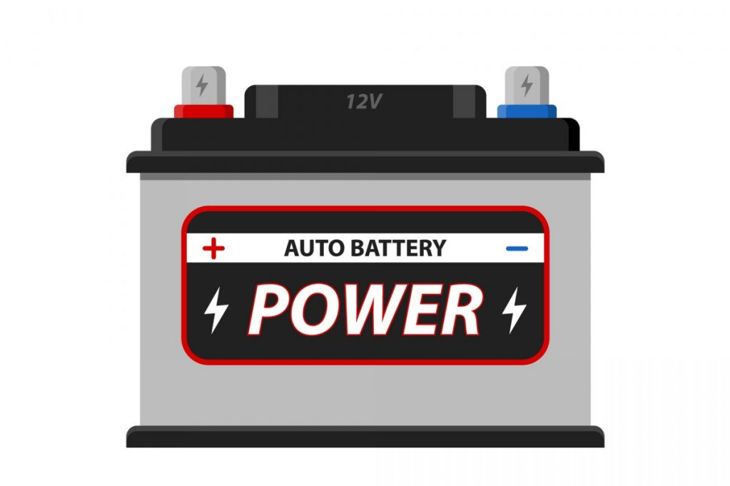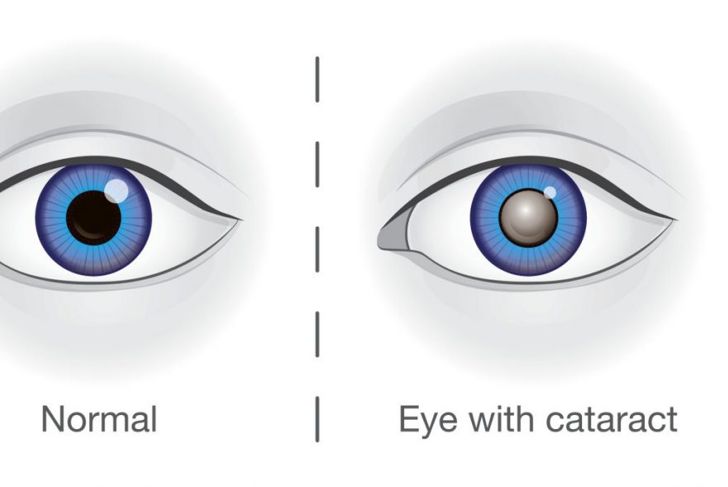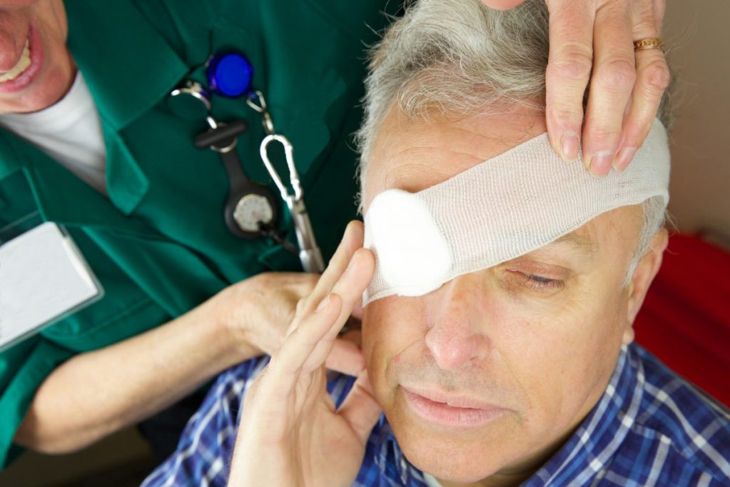According to the American Academy of Ophthalmology, 90 percent of chemical eye burns are accidental that could have been avoided if the victim took the proper precautions. Some chemicals cause eye irritation, while others lead to serious damage and loss of sight. Doctors recommend treating any chemical injury to the eye as an emergency. There are three types of chemical eye burns: alkali burns, acid burns, and irritants.
How the Eye Protects Itself
The eyes are complex organs. They judge distance, perceive depth, and tell us the size, shape, and color of objects around us. The eyes also have a built-in system to prevent harm to themselves. Although the eyelids are the thinnest tissues in the human body, they protect the vulnerable parts of the eyes, rapidly closing to prevent foreign bodies from entering the eye. The eyelashes work with the eyelids and serve as an additional physical barrier to prevent eye injury. Unfortunately, some foreign substances, like chemicals, still manage to come into contact with the eyes.
The Severity of Chemical Eye Burns
In most chemical eye burns, the damage occurs in the front of the eye — the cornea, the conjunctiva, and internal parts. The severity of the burn depends on how long the chemical substance was in the eye and what type of chemical caused the injury. More serious cases are those where the chemical permeates the lens, the transparent structure behind the iris. This can cause long-term vision damage. Both liquid and powdered chemicals can cause serious burns.
Alkaline Burns
Substances containing alkaline solutions are commonly found around the home and in the workplace. Concrete, plaster, dishwasher detergent, fertilizers, and oven cleaners all contain a strong alkaline product called lye. Alkaline products cause more eye burns than any other type of chemical because their high pH levels allow them to penetrate the eye’s surface, gaining access to the cornea, and internal parts of the eye. If an alkaline chemical burns the cornea, it can cause scarring, infection, and even blindness.
Chemical Eye Burns Caused by Acids
Most chemical acid eye burns come from sulphuric, chromic, sulfurous, hydrofluoric, or hydrochloric acids. Because these substances have a low pH and do not penetrate the eye as easily as alkalines, they cause less damage. However, one specific type of acid, hydrofluoric acid, has unique properties that can result in injuries similar to those from alkaline solutions. Nail polish remover, vinegar, and bleach are acids often found in homes or work sites. Car battery explosions cause many chemical acid eye burns, especially in industrial and manufacturing settings.
Irritant Burns
Irritant chemical burns account for fewer serious injuries to the eye due to their neutral pH levels. However, they can cause a great deal of discomfort. Household detergents and pepper sprays can cause irritant burns. When these irritants come into contact with the eyes, they disrupt only the surface cells of the cornea, causing minor damage in most cases. Stronger irritants may cause deeper tissue damage, but most irritant chemical burns heal quickly without any permanent damage or vision impairment.
Complications of Chemical Eye Burns
Chemical burns can cause painful and even long-lasting damage to the cornea. Corneal perforations and corneal ulcers may develop. Serious chemical burns could cause permanent damage. Highly toxic chemicals like hydrofluoric acid penetrate rapidly into the tissue and can lead to serious complications. Cataracts, a clouding of the eye lens, is a potential complication of chemical eye burns. Some individuals also experience glaucoma if the optic nerve is damaged.
Treatment
Immediate treatment is crucial with any chemical eye burn. Continuously flushing the eye with clean water helps restore the pH level. While the subconscious response is to close the eyes tightly because opening them is painful, this holds the chemical against the eye and causes further damage. Once medical assistance arrives, drops may be applied to help with the pain, and that makes it easier for the injured individual to keep the eyes open. In serious cases, people may need hospitalization.
Diagnosis of Damage
Chemical eye burn damage requires long-term follow-up by an eye specialist such as an ophthalmologist. Examinations allow the physician to determine if there is permanent damage. The severity of the condition depends on the amount and type of chemical that caused the burn, and the length of time the eye was exposed to the chemical. The doctor may perform a fluorescein evaluation, during which he administers a dye that colors dead or damaged eye tissue, causing it to glow under ultraviolet light. This test shows the extent of the damage.
Protecting Against Chemical Eye Burns
Most chemical eye burns are avoidable. One should always wear appropriate safety gear during exposure to any chemical but especially acids and alkalines. Safety goggles and safety glasses may not provide 100 percent protection, but they could prevent serious injuries. Goggles provide a seal around the eye area, so are a better choice than safety glasses, which are open on the sides. To provide maximum protection, safety experts suggest wearing a face shield when handling hazardous chemicals, and to never wear contacts while working with chemicals.
Understanding the Chemicals You’re Working With
Every chemical has a Material Safety Data Sheet (MSDS) that provides safe handling and exposure information. Anyone working with hazardous materials should review this information. Knowing the steps to take should chemical eye burns occur creates a safer work or home environment and may prevent long-term eye damage. Substitute toxic chemicals with less dangerous ones in the home and workplace when possible. Chemicals are harder to control when in liquid form, so opt for other forms, such as pellets, to increase safety.

 Home
Home Health
Health Diet & Nutrition
Diet & Nutrition Living Well
Living Well More
More




















